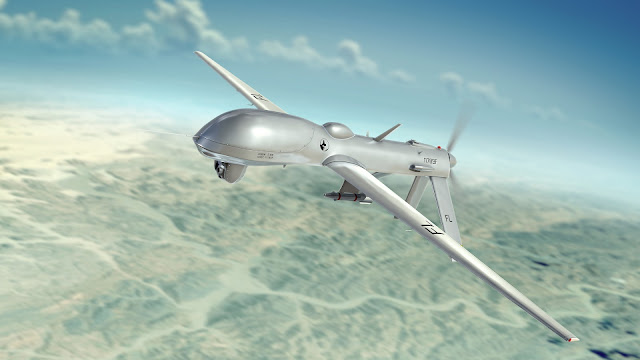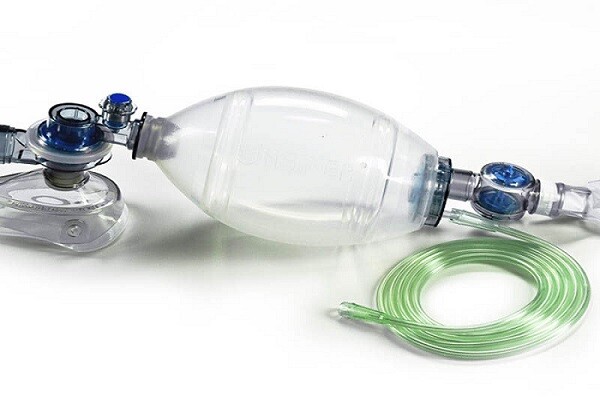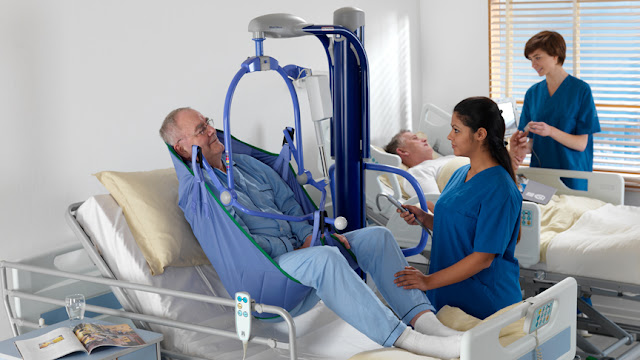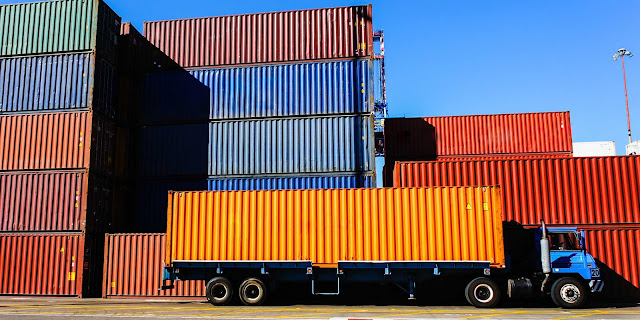Flying Innovation: Exploring the World of Unmanned Aerial Vehicle Drones
 |
| Unmanned Aerial Vehicle Drones |
1. Evolution of Technology:
UAV drones have undergone remarkable technological
advancements in recent years, leading to smaller, lighter, and more capable
aircraft. Improved battery life, enhanced navigation systems, and advanced
sensors have expanded the capabilities of UAV drones, allowing them to perform
complex tasks with precision and reliability.
2. Aerial Photography and Filmmaking:
One of the most popular applications of Unmanned
Aerial Vehicle Drones is aerial photography and filmmaking. With
their ability to capture stunning aerial footage from unique perspectives, UAV
drones have revolutionized the way we document events, survey landscapes, and
produce cinematic content, providing filmmakers and photographers with creative
freedom and flexibility.
3. Commercial and Industrial Inspection:
UAV drones are increasingly used for commercial and
industrial inspection tasks in sectors such as construction, infrastructure,
and utilities. Equipped with high-resolution cameras and sensors, UAV drones
can safely and efficiently inspect buildings, bridges, pipelines, and power
lines, identifying potential issues and improving maintenance processes.
4. Precision Agriculture:
In agriculture, UAV drones play a critical role in precision
farming practices. By collecting aerial data and imagery, UAV drones enable farmers
to monitor crop health, assess field conditions, and optimize irrigation and
fertilization strategies. This data-driven approach improves crop yields,
reduces resource usage, and promotes sustainable agriculture practices.
5. Search and Rescue Operations:
UAV drones are valuable tools in search and rescue
operations, providing aerial support to first responders in locating missing
persons, assessing disaster zones, and delivering supplies to inaccessible
areas. Equipped with thermal imaging cameras and GPS tracking systems, UAV
drones can quickly scan large areas and provide crucial situational awareness
in emergency situations.
6. Environmental Monitoring and Conservation:
UAV drones contribute to environmental monitoring and
conservation efforts by collecting data on ecosystems, wildlife populations,
and natural habitats. From tracking animal migrations to monitoring
deforestation and illegal logging, UAV drones provide researchers and
conservationists with valuable insights into environmental changes and threats.
7. Future Applications:
As UAV drone technology continues to evolve, the potential
applications are limitless. From autonomous delivery drones to aerial taxis and
urban air mobility, UAV drones are poised to revolutionize transportation, logistics,
and urban planning in the years to come, shaping the future of mobility and
connectivity.
UAV drones represent a paradigm shift in aviation and
technology, offering innovative solutions to a wide range of challenges across
industries and sectors. With their versatility, accessibility, and
transformative capabilities, UAV drones are not just flying machines; they are
catalysts for innovation, exploration, and progress in the modern world. As we
continue to push the boundaries of what UAV drones can achieve, the sky truly
is the limit for this remarkable technology.
Get more insights on this topic: Lawn
& Garden Equipment



Comments
Post a Comment